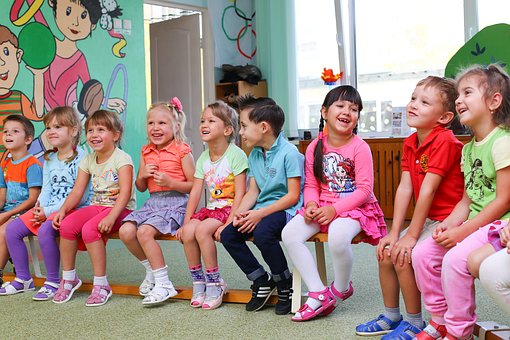Search by topic:

Recently I saw a headline article on the ‘School of the future’, with a particular focus on design, or to use the relevant term, the “built environment”. Whilst the focus was important and necessary, any content that referred to how the design of the built environment promoted best practice teaching was conspicuous in its absence. How often is discussion about structural environments contributing to culture, and very little about people? Talk to most parents and you quickly realise that the relationships between their children and their teachers are front and centre. This becomes particularly important in early education, the period of time before attending ‘school’ as it known.
In the early education sector, which is largely composed of preschools and long day care centres, the discussion assumes another dimension. There is not only a difference between the built environments of an early learning centre and a school, but also the nature of the educators and the skill sets required of them now and into the future. In fact, a glimpse into the future of early learning quickly alerts us to the realisation that the educators of tomorrow will need to assume a range of skills that are quite different to the educator in (say) a primary school.
Here are just a few some likely scenarios, hopefully with a lot more rigour than a Nostradamus prediction:
So, what does this have to with the built environment and design? Everything I say, if not a lot. If engagement with parents is important in these years then providing spaces for this to occur is important. The need to train and equip staff continually requires intelligent design. If we are truly committed to the individual requirements of children with special needs then thought needs to be given to how we best create the environment for our early educators to enable them to succeed.
The school of the future may look impressive, but education of the future needs to involve the educator of the future.